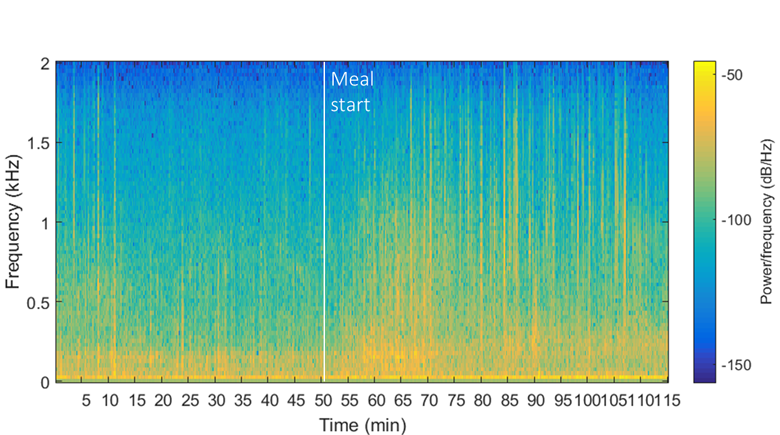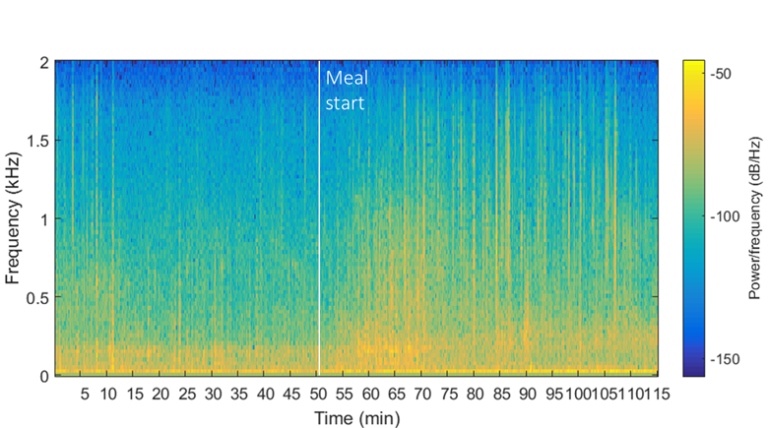Early Access Note:
Early Access articles are new content made available in advance of the final electronic or print versions and result from IEEE’s Preprint or Rapid Post processes. Preprint articles are peer-reviewed but not fully edited. Rapid Post articles are peer-reviewed and edited but not paginated. Both these types of Early Access articles are fully citable from the moment they appear in IEEE Xplore.

Background In classical approaches for an artificial pancreas, continuous glucose monitoring (CGM) is the only measured variable used for insulin dosing and additional control functions. The CGM values are subject to time delays and slow dynamics between blood and the sensing location. These time lags compromise the controller’s performance in maintaining (near to) normal glucose levels. Meal information could enhance the control outcome. However, meal announcement by the user is not reliable, and it takes 30 min to 40 min from meal onset until a meal is detected by methods based on CGM. In this pilot study, the use of bowel sounds for meal detection was investigated. In particular, we focused on whether bowel sounds change qualitatively during or shortly after meal ingestion. Methods After fasting for at least 4 h, 11 healthy volunteers ingested a lunch meal at their usual time. Abdominal sound was recorded by a condenser microphone that was attached to the right upper quadrant of the abdomen by medical tape. Features that describe the power distribution over the frequency spectrum were extracted and used for classification by support vector machines. These classifiers were trained in a leave-one-out cross-validation scheme. Results Meals could be detected on average after less than 10 min with the best parameter choice. Conclusion This shows that abdominal sound monitoring could provide an early meal detection. Further studies should investigate this possibility on a larger population in more general settings.

